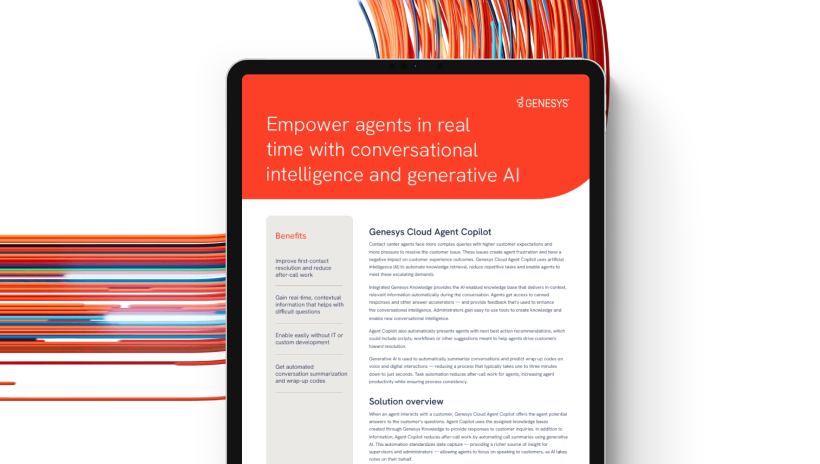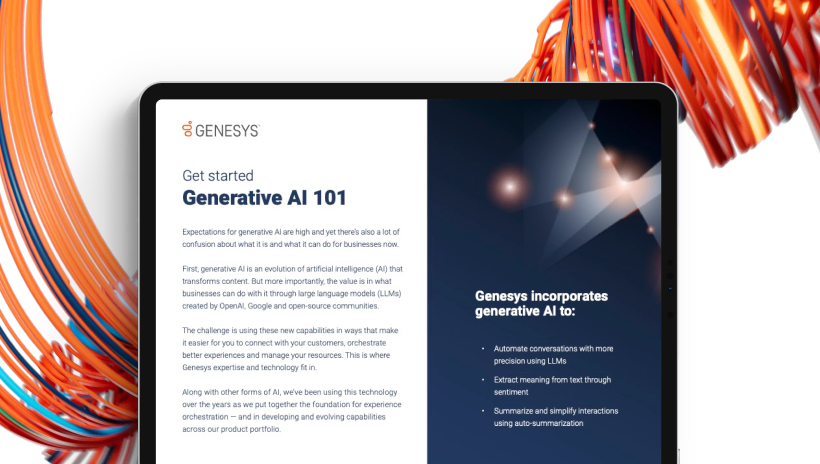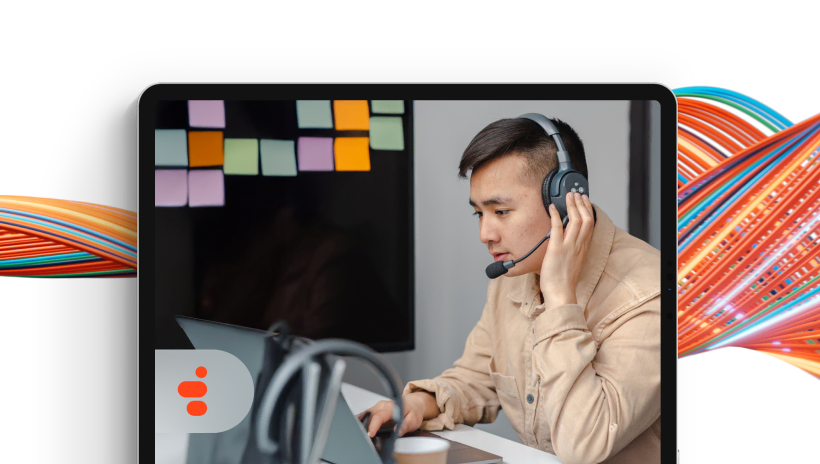Measuring success and ROI with CX copilot analytics
Depending on who’s using it, there’s a wide range of KPIs you could use to measure the efficacy of your CX copilot. For customer support, there are several primary metrics you could be looking at. Average resolution time (ART) measures how long it took the customer to solve the issue, and first-contact resolution rate (FCR) shows how often a customer’s issue is solved at the first time of asking. Together these help you see whether the copilot is making it easier for customers to solve problems.
On the agent side, next issue avoidance measures agents’ steps to prevent further issues proactively, average handle time (AHT) measures how long it takes agents to solve an issue from a customer reaching out to the end of the interaction, and after-call work (ACW) measures the amount of time an agent has to spend finishing up an interaction after the call or chat is over. These show how the copilot is helping agents to do a better job solving issues more quickly.
On the supervisor side, you’ll want to look at quality management administration costs, evaluation time — including time spent on training and onboarding — and, for global businesses, multilingual review time. Time spent reviewing interactions, efficacy of coaching, and long-term improvements in the customer experience from knowledge gained from the copilot are also KPIs that can be tracked.




